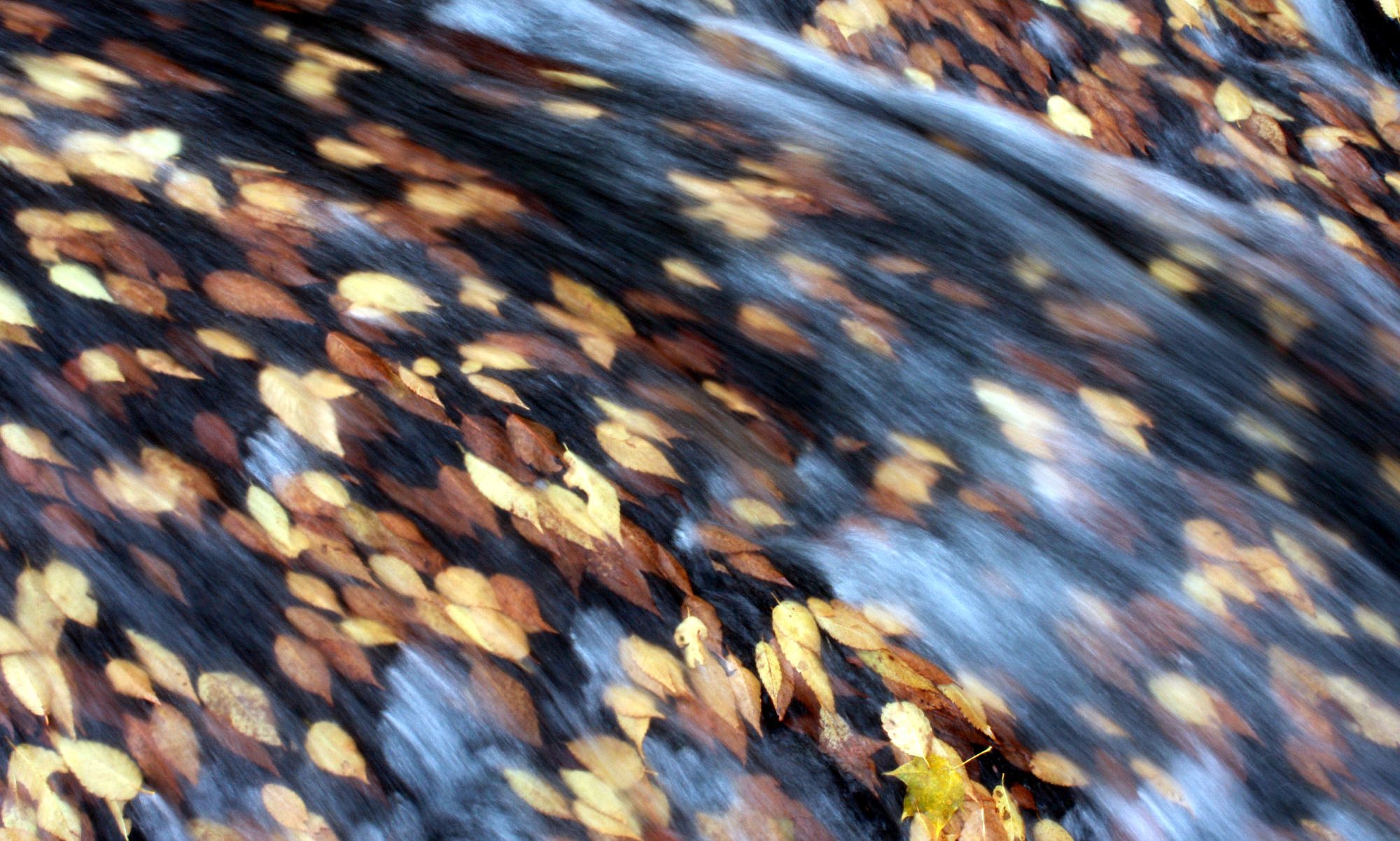Along the coastal beaches and low mountains of Japan lives a stout and elegant pine species, Pinus thunbergii. This iconic Japanese tree is known for its beauty as a garden specimen, as a bonsai subject, and also a protector of coastline communities throughout the country. It also is well known the world over as Japanese black pine, a versatile and resistant tree, but also a plant with disease issues. It is a lovely tree regardless, and Japan’s gardens and coastlines wouldn’t be the same without its resolute presence.

Pinus thunbergii is a large coniferous tree growing to 40 meters under good conditions, but is usually much smaller, particularly when growing on beach dunes, a common habitat for this tree. Specimens found at some Japanese shrines can be even taller with the tallest on record being an incredible 66 meters! This tree often sports a broad dome shaped crown on very old specimens. The bark is silvery to black and deeply fissured. The evergreen needles come two per fascicle (or bundle), are a dark green and up to 12 cm long. Healthy trees are densely needled and bushy looking, especially when young. Pollen cones appear in early spring, are conical and elongate and orange-yellow in color. The seed cones initiate at the same time starting out a rich magenta, and grow in size as they mature over the summer and are nearly round at maturity. Seed is released in winter.
This tree is widespread on or near the coasts of the warmer parts of Japan on Honshu, Shikoku, and Kyushu islands. It is also found in South Korea. It grows most commonly along seashores starting just behind the newest line of dunes and extending inland for a kilometer or more forming the bulk of the canopy of such forests. More inland it prefers rock outcrops and dry ridge-lines in the mountains up to a 1000 meters or more elevation. On occasion it occurs on dry rock barrens in the mountains. Where this species is found in mixed stands with Japanese red pine, Pinus densiflora, the unusual hybrid called akakuromatsu (red-black pine) sometimes results (known under the Latin name, P. x densi-thunbergii). These hybrids have the red bark of P. densiflora while retaining the darker, more stout needles of P. thunbergii.

This is the famous Japanese black pine tree that has been planted throughout much of the temperate world. Historically it was an important lumber species, but these days forests are highly diminished in size, so they are rarely used for building material anymore. It’s wood was traditionally used to build shrines in Korea in particular.
Continue reading “Pinus thunbergii, the Japanese black pine tree”










